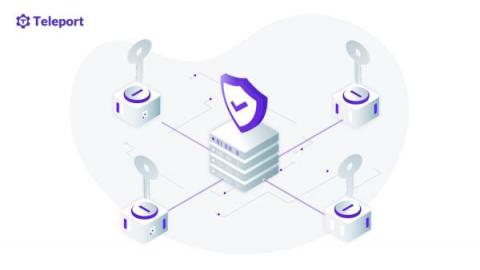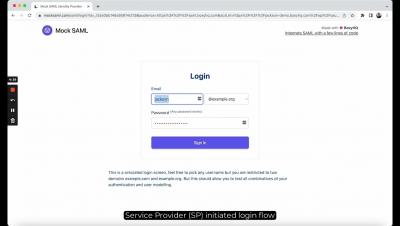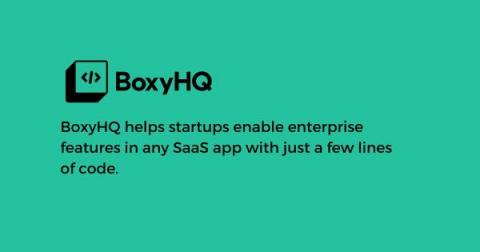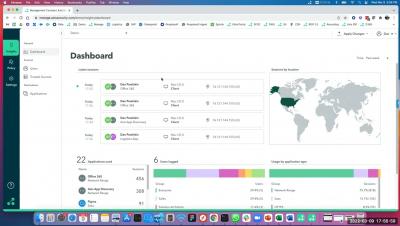Why The Four Eyes principle is critical for access
The four-eyes principle means an activity must be approved by two people, or from Argus Panoptes if the ancient Greeks needed access controls. This principle is commonly used in both routine and non-routine scenarios. On the routine side are “Business Execution” processes. Here the Four Eyes principle is used to stop negative outcomes as the result of poor execution of a regular business task.











